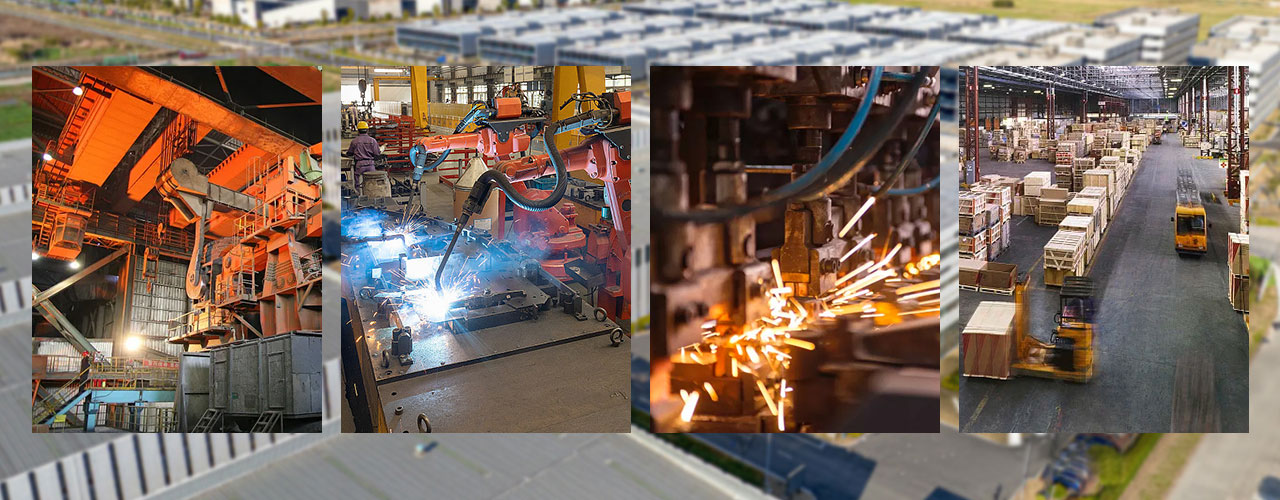The rack exercise equipment is a cornerstone for strength training, delivering a dependable setup for diverse lifts in both home and commercial gyms. Known as a power rack or squat rack, it's engineered to handle demanding movements like deadlifts, overhead presses, and lunges, ensuring safety and support for lifters of all experience levels. Its robust design makes it essential for anyone committed to enhancing their strength.
This equipment features a solid steel structure, often crafted from 10-gauge or 11-gauge steel, capable of supporting 700 to 1200 lbs based on the model. The uprights, typically 85-95 inches in height, have laser-cut holes spaced 1-2 inches apart, allowing precise placement of J-hooks and safety bars to match your lifting stance, promoting optimal alignment for exercises like deadlifts or shoulder presses.
Safety features are a defining aspect. Safety catches or extended spotter bars secure the barbell during a failed lift, offering peace of mind for those training alone. Many designs incorporate a reinforced top beam, supporting up to 450 lbs for pull-ups or chin-ups, expanding your workout options. A broad foundation—approximately 50”W x 50”D—ensures stability, even when loaded to capacity, minimizing any risk of wobbling.
The equipment's adaptability is a major advantage. Beyond standard lifts, it accommodates exercises like barbell lunges or pin presses to target specific muscle groups, such as the quads or triceps. Optional add-ons, such as band pegs or weight storage posts, increase its utility while maintaining a clutter-free gym. It's an all-in-one tool for full-body strength training.
Engineered for endurance, these racks are coated with a protective finish to combat corrosion and scratches, with some enduring 10,000+ cycles of rigorous use. They're built to withstand constant activity, accommodating numerous users daily in high-traffic facilities. Costs vary—entry-level models start at $350, while advanced versions with additional features can reach $1100, reflecting their solid construction.
The rack exercise equipment suits various environments, with space-saving designs available for compact areas. When selecting one, focus on your training objectives—choose higher load ratings for intense lifting or smaller footprints for limited spaces. It's a steadfast addition that empowers your fitness progress, lift after lift.
